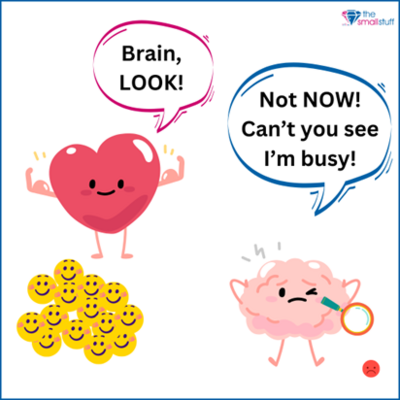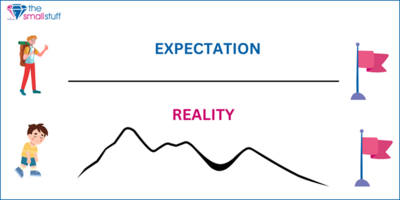Sales Masterclass: How To Avoid Triggering The Negativity Bias - Minutehack
Negativity Bias - The Decision Lab
9 Ways to Use Sales Psychology to Close More Deals | Proposify
Nostalgia Effect - The Decision Lab
Optimism Bias - The Decision Lab
How the Optimism Bias Affects Your Life (verywellmind.com)
Peak-end rule - The Decision Lab
26 Psychological Biases to Help You Sell Better and Faster (hubspot.com)
What Is the Peak End Rule and How to Use It Smartly (positivepsychology.com)




Comments
Add a comment